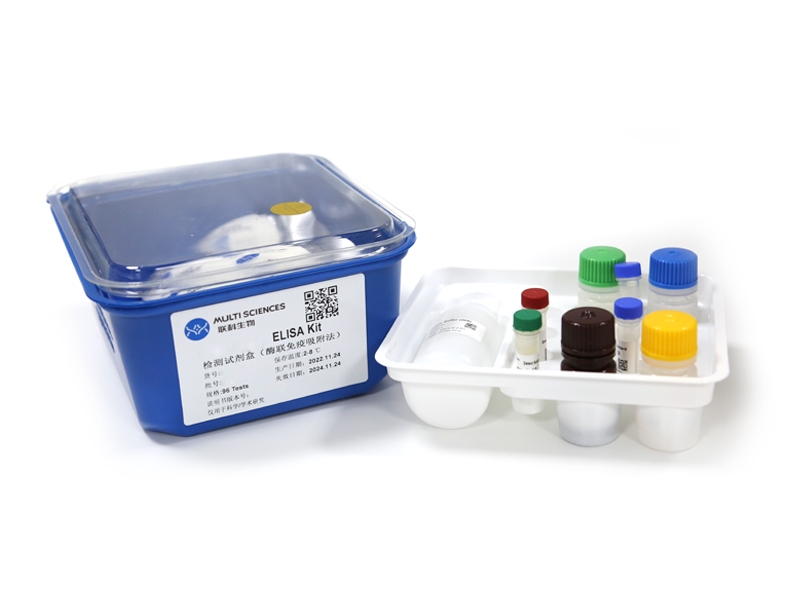Nonalcoholic fatty liver disease (NAFLD) is the most common chronic liver disease worldwide and macrophage polarization plays an important role in its pathogenesis. However, which molecule regulates macrophage polarization in NAFLD remains unclear. Herein, we showed NAFLD mice exhibited increased 17β-hydroxysteroid dehydrogenase type 7 (17β-HSD7) expression in hepatic macrophages concomitantly with elevated M1 polarization. Single-cell RNA sequencing on hepatic non-parenchymal cells isolated from wild-type littermates and macrophage-17β-HSD7 knockout mice fed with high fat diet (HFD) for 6 weeks revealed that lipid metabolism pathways were notably changed. Furthermore, 17β-HSD7 deficiency in macrophages attenuated HFD-induced hepatic steatosis, insulin resistance and liver injury. Mechanistically, 17β-HSD7 triggered NLRP3 inflammasome activation by increasing free cholesterol content, thereby promoting M1 polarization of macrophages and the secretion of pro-inflammatory cytokines. In addition, to help demonstrate that 17β-HSD7 is a potential drug target for NAFLD, fenretinide was screened out from an FDA-approved drug library based on its 17β-HSD7 dehydrogenase inhibitory activity. Fenretinide dose-dependently abrogated macrophage polarization and pro-inflammatory cytokines production, and subsequently inhibited fat deposition in hepatocytes co-cultured with macrophages. In conclusion, our findings suggest that blockade of 17β-HSD7 signaling by fenretinide would be a drug repurposing strategy for NAFLD treatment.
文章引用产品列表
-
- EK282
- ELISA试剂盒
Mouse TNF-a ELISA Kit检测试剂盒(酶联免疫吸附法)
- ¥1,600.00 – ¥10,800.00
-
- EK981
- ELISA试剂盒
Human/Mouse TGF-β1 ELISA Kit 检测试剂盒(酶联免疫吸附法)
- ¥1,600.00 – ¥10,800.00
-
- EK210
- ELISA试剂盒
Mouse IL-10 ELISA Kit检测试剂盒(酶联免疫吸附法)
- ¥1,600.00 – ¥10,800.00
-
- EK201B
- ELISA试剂盒
Mouse IL-1β ELISA Kit 检测试剂盒(酶联免疫吸附法)
- ¥1,600.00 – ¥10,800.00



